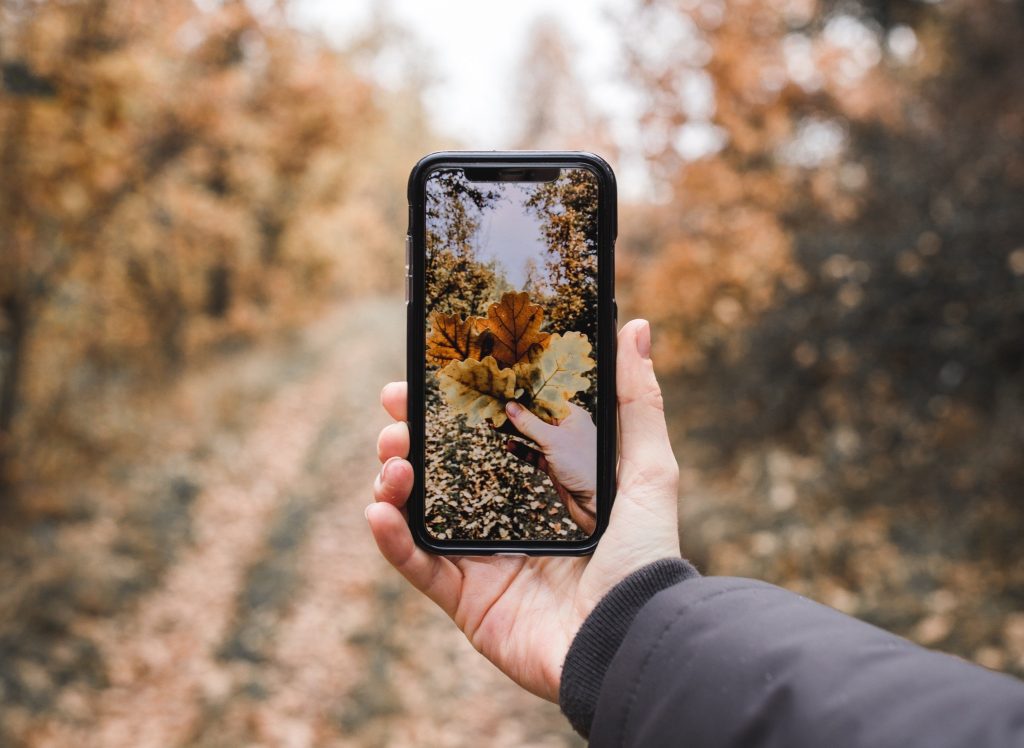
Smartphone Photography Tips for Beginners
Introduction
Smartphones have revolutionized the way we capture moments and memories. With improved camera capabilities and advanced features, anyone can become a skilled photographer with just a few tips and tricks. In this article, we will share essential smartphone photography tips and techniques that can help beginners capture stunning shots.
1. Clean the Lens
A common mistake often overlooked is forgetting to clean the camera lens. Smudges, fingerprints, and dust particles can significantly affect the image quality. Simply use a microfiber cloth or a lens cleaning solution to wipe away any unwanted marks before taking your shot.
2. Utilize Natural Lighting
Good lighting plays a crucial role in photography. When snapping pictures with your smartphone, aim for natural light sources such as the sun or even a window. Avoid relying on artificial lighting as it can distort colors and create unwanted shadows.
3. Rule of Thirds
The rule of thirds is a fundamental composition guideline in photography. It suggests that images are more visually appealing when the subjects are placed off-center rather than in the center. Utilize the gridlines provided by your smartphone’s camera app to align your subject along the intersecting lines.
4. Experiment with Angles
Explore various angles to add depth and creativity to your photos. Instead of shooting everything at eye level, try getting down low or finding a high vantage point. Changing perspectives can make an ordinary shot extraordinary.
5. Use HDR Mode
High Dynamic Range (HDR) mode allows your smartphone to capture a broader range of lighting in a single photo. It works by combining multiple exposures to create a more balanced image, especially in challenging lighting conditions. HDR mode can help preserve details in both bright and dark areas.
6. Focus and Exposure
Mastering focus and exposure is essential for producing sharp and well-lit images. Most smartphones enable users to tap on the screen to set focus and adjust exposure manually. Experiment with different focal points and exposure levels to achieve the desired effect.
7. Avoid Using Digital Zoom
Digital zoom diminishes image quality by essentially cropping and enlarging the image. Instead, physically move closer to the subject or consider cropping the photo later during editing, which gives you more control over the final composition.
8. Experiment with Editing Apps
Post-processing can elevate your smartphone photos to the next level. Numerous editing apps offer powerful features that allow you to enhance colors, adjust exposure, and even add filters and effects. Some popular apps include Adobe Lightroom, Snapseed, and VSCO.
9. Composition and Balance
Compose your images thoughtfully by considering the placement of various elements within the frame. Incorporate leading lines, symmetry, or the rule of thirds to create visually appealing compositions. Balance the visual weight of different subjects to ensure a harmonious final photo.
10. Practice and Experiment
Ultimately, the key to improving your smartphone photography skills is through practice and experimentation. Explore different features, techniques, and subjects. Don’t be afraid to push the boundaries and try new styles. The more you practice, the more you’ll develop your unique style and capture breathtaking shots.
Remember, regardless of the equipment you use, it’s the photographer’s vision and creativity that make a photo truly extraordinary!

